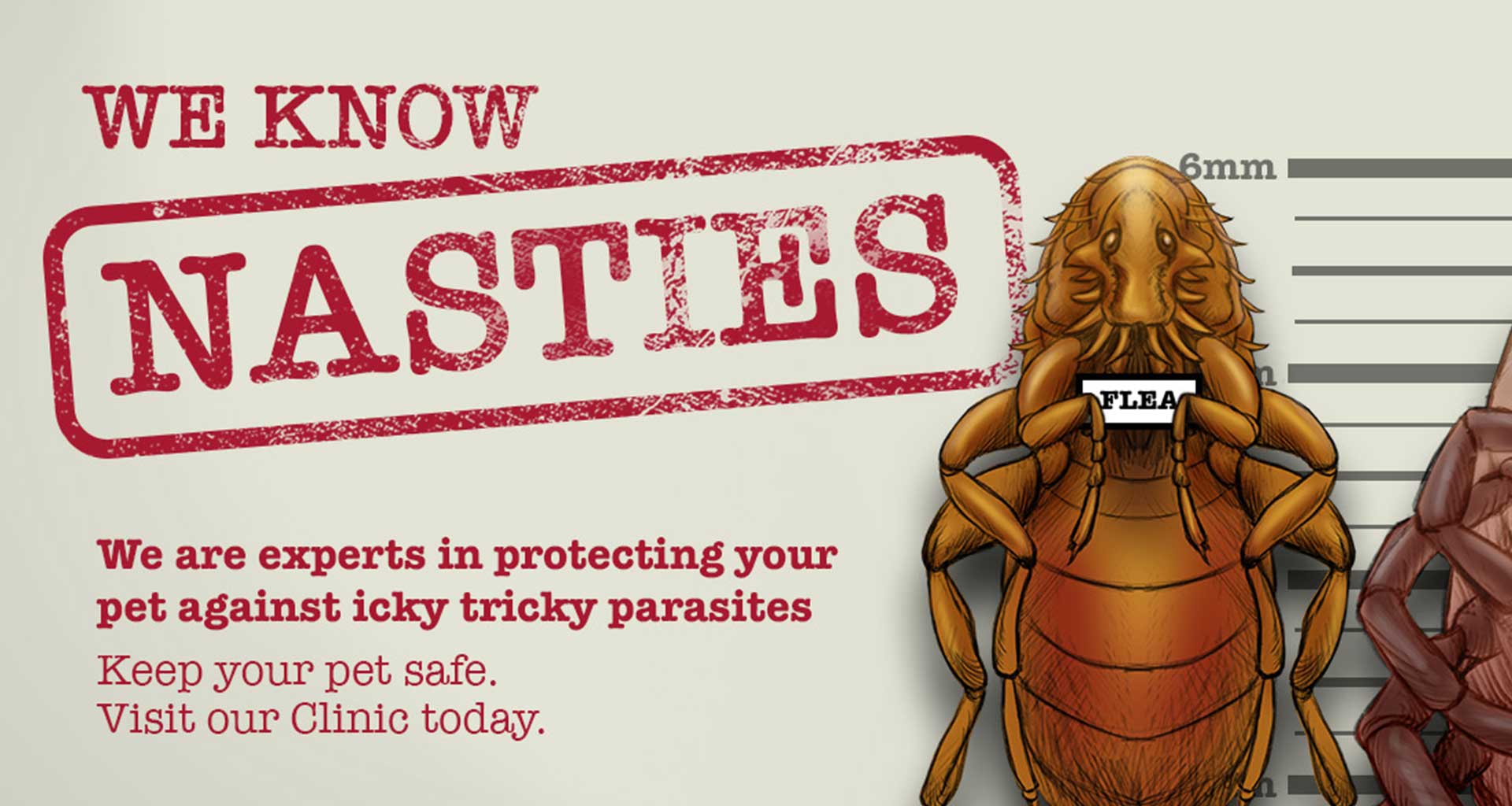Special dietary considerations are required for animals who have either underwent cardiac surgery, or are under observation by a veterinarian for heart related pathologies. While this might seem like a daunting thing to do and pet parents feel that everything they’ll have to feed their dog will come under scrutiny, it’s actually not that difficult.
Why? Because human nutrition and pet nutrition following cardiac disease is more or less the same. The prime suspect in distorting cardiac balance in both is salt. Salt, or sodium, tends to retain water inside of the body which ends up being harmful for heart patients.
The following article has been composed after gathering information on what veterinary experts across the globe have to say on dietary considerations for pets with heart disease.
Heart Disease in Dogs
Heart disease is unfortunately common in dogs. In some cases it might be due to a result of old age. In others, it’s usually because of DNA defect making the disease congenital. In either case, the common presenting complaints of these dogs are:
- Difficulty breathing
- Persistent coughing
- Fainting
- Weight Loss
- Inability to exercise
As well as treating an animal with surgical and medical interventions, most vets believe that the best thing to do for pets with cardiac issues is to monitor their sodium intake. Thus, the best thing you could do for an ailing pet is to be a vigilant pet parent to them.
Sodium: What Does it do to You?
Sodium is a periodic element commonly referred to as salt. Salt, in one way or the other, forms the foundation of every meal we’ve ever consumed. Restricting salt in a human patient with cardiac issues might seem tedious, but it gets even more complicated with pet food.
Commercial pet food products contain hefty amounts sodium. These products are manufactured keeping regular pet nutrition in mind. Sadly, not many manufacturers develop special ranges catering to pets with dietary restrictions.
However, the question is: how bad is sodium for a pet? Sodium tends to retain water inside of the body. Increased water increases the blood pressure. This puts a strain on your blood vessels and over exertion your heart and kidney.
A healthy heart is able to withstand this increase in pressure, albeit with increased effort. However, an already diseased heart isn’t able to compensate. As a result, increased sodium in cardiac patients increases their risk of stroke and cardiac failure.
Calculating Sodium Percentages in Commercial Food Packaging
Commercial pet food contains a hefty amounts of sodium, however, not all pet food manufacturers incorporate the same amount of sodium. There are certain manufacturers who incorporate a more reasonable range of sodium in their products making it safe to be consumed by pets with cardiac malfunctions.
A veterinarian will outline the amount of sodium your pet can consume and specify this with a range. Then comes the hard part, finding products that contain sodium in that range.
Calculating sodium as a percentage of dry matter is a standard calculation most pet owners make to better understand the amount of it per caloric intake in pet food.
To do this:
Divide the percentage of sodium under the ‘as fed’ heading with the kilocalories of the metabolizable energy.
Correlate this with how much sodium restriction was advised by the vet.
- Mild Sodium Retention: 80-100
- Moderate Sodium Retention: 50-80
- Marked Sodium Retention: 40-50
- Extreme Sodium Retention: 20-40
Other Guidelines for Pets With Cardiac Malfunctions
- Avoid milk-based products.
- Incorporate meat-based products in your pet’s diet.
- Avoid shell-fish.
- Prepare at least one meal for your pet yourself with low sodium.
Conclusion
Pet parents are no less parents than others. They have to make considerations left and right for their pets. For more information on dietary restrictions for pets facing various pathologies, visit Yeronga Vet surgery today!



